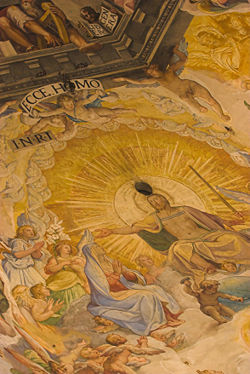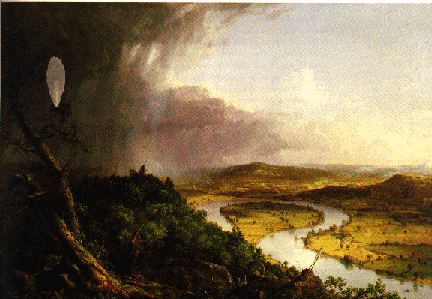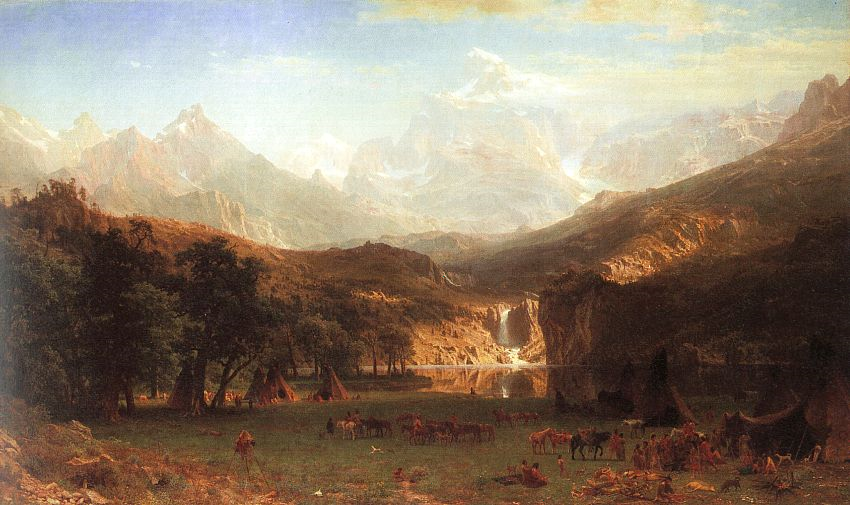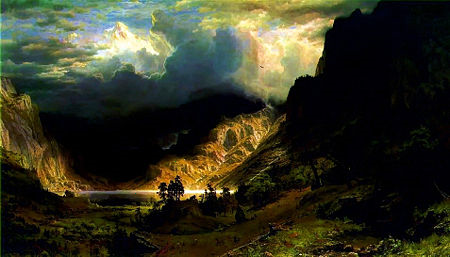Introduction

Art history is examination of art objects, the process of their development and the description of their stylistic peculiarities such as design, look and genre. This branch covers study of masterpieces all around the world. Artists are ‘makers’ of art who embody the feelings and emotions of the environment in their works. Each of them tries to reflect his culture and period peculiarities in the character of his work.
Main body
Commenting on the Italian Culture it is important to stress that it reflected the spirit of the Enlightenment and the features of Renaissance. Speaking on the Art of Italy one cannot but mention the name of outstanding Italian painter of 16th century Giorgio Vasari. He studied in Florence and examined the famous works of such artists as Michelangelo and Raphael, who influenced the style of his works. His first masterpiece, that comprised valuable treatise employed in the art, was published in 1550. Many of his works gained recognition and still can be found in famous museums. His works were based on the characteristics of the period of Renaissance and comprised all the features and style of this movement.
One of his famous works is called “Interior of the Duomo of Florence”. The style of this painting was influenced by the period of Italian Art development; it basically comprises the features of the Renaissance Epoch. No doubt that the manner of this work has some common characteristics with the style of the influential artists of the Art movement. “Interior of the Duomo of Florence” was created under the inspiration of working at Sala di Cosimo. He devoted his painting to the description of Duomo. His work reflects all the peculiarities of his life period. The lines and style of the painting present a complete view of the Italian Art of 16th century providing with the detail description of the Florence Interior. This masterpiece is directed to show the admiration of the artist by the place in Florence and present the atmosphere of the Renaissance. Nowadays one can find this work and many others paintings of Giorgio Vasari devoted to the life and work in Florence and describing the manner of the Italian Art style.
Knowing the characteristics of the Italian Art of the 16th century it is interesting to switch on to the American art of the 19th century in order to examine the features and famous artists of this period.
One of the brightest characteristics in style of the paintings of that period was the description of the wildness and unexamined lands which added some mysterious sense to the works of art.

Thomas Cole is one of the most famous and influential artists of that period. He was born in Lancashire and in 1818 moved to America. He did not have special art education but always strived for being an artist visiting different galleries in Paris and examining the works of other painters.
One of his famous works was created in 1836 and is called “The Oxbow”. The painting describes the conflict between the civilization and wildness which characterized that period. The picture shows the left diagonal of the tree on the background of the valley. The storm clouds described embody the wild power of the nature and the mood of the period. This work reflects the Manifest Destiny of that period which was described in most paintings of 19th century. It shows the absence of harmony in relations of people and nature. The painter used such colors as green and yellow in order to show the beauty of civilization which is opposed to the nature, the possibility of wildness replacement by the human farms landscapes. It managed to show America in its physical condition of that time. Nowadays this work is presented in the Metropolitan Museum of Art which is situated in New York. Everyone can easily visit this place and evaluate the contribution of Thomas Cole to the development of Art History.

The theme of the wildness is shown not only in works of Thomas Cole but also in other artists’ works. For example, Albert Bierstadt, one more representative of the 19th century art development, used to follow the main characteristics of his time and reflected the description of unexamined lands in his paintings. He was born in Germany and only in 1833 moved to Massachusetts. He devoted his life to the study and practice of painting, and managed to wok out his own individual style. Biederman is widely known for his marvelous landscapes of the American West.
One of the pictures that gained recognition was drawn in 1863 and is also presented in the Metropolitan Museum of Art. Albert Bierstadt wanted to highlight the mood of the time when people believed in Manifest Destiny and underline how this Manifest can be shown in Art. He managed to demonstrate the exploration of American West and show the level of undeveloped lands in the country. The idea of wildness is presented in the painting with the help of waterfalls and endless valleys.

The style of presentation is quite typical for the time the artist lived in. He considered that art is a link between spiritual and moral modification, though his work includes some features of Romanticism in comparison with works of Thomas Cole.
The common philosophic idea to present naturalistic style of painting joined the famous artists of the 19th century, who strived to transfer the emotional character of the nature from their epoch to modern art.
Conclusion
To sum everything up one should underline the fact that the Art History really highlights all the aspects of the art development. We managed to analyze two different cultures and periods of time and got to know the peculiar features of each of the art movements; it became clear that even individual style of an artist cannot exist without the interference of time and culture; without the characteristic features of the country and beliefs of people.
References
Donald J., Mabry. The United States and Expansionism Abroad, 1814-1920: 2002.
Paul, Barolsky, The Art Bulletin, Giorgio Vasari: Art and History, Vol. 80, 1998.
Peggy, Phelan, & Kevin, Concannon, “Art History Survey: A Round-Table Discussion”, Art Journal, Vol. 64, 2005.
J., Vansina, “AN INTRODUCTION TO METHOD”, World Art History , London and New York, 1999.
The Lives of the Artists (Oxford World’s Classics). Oxford University Press, 1998.